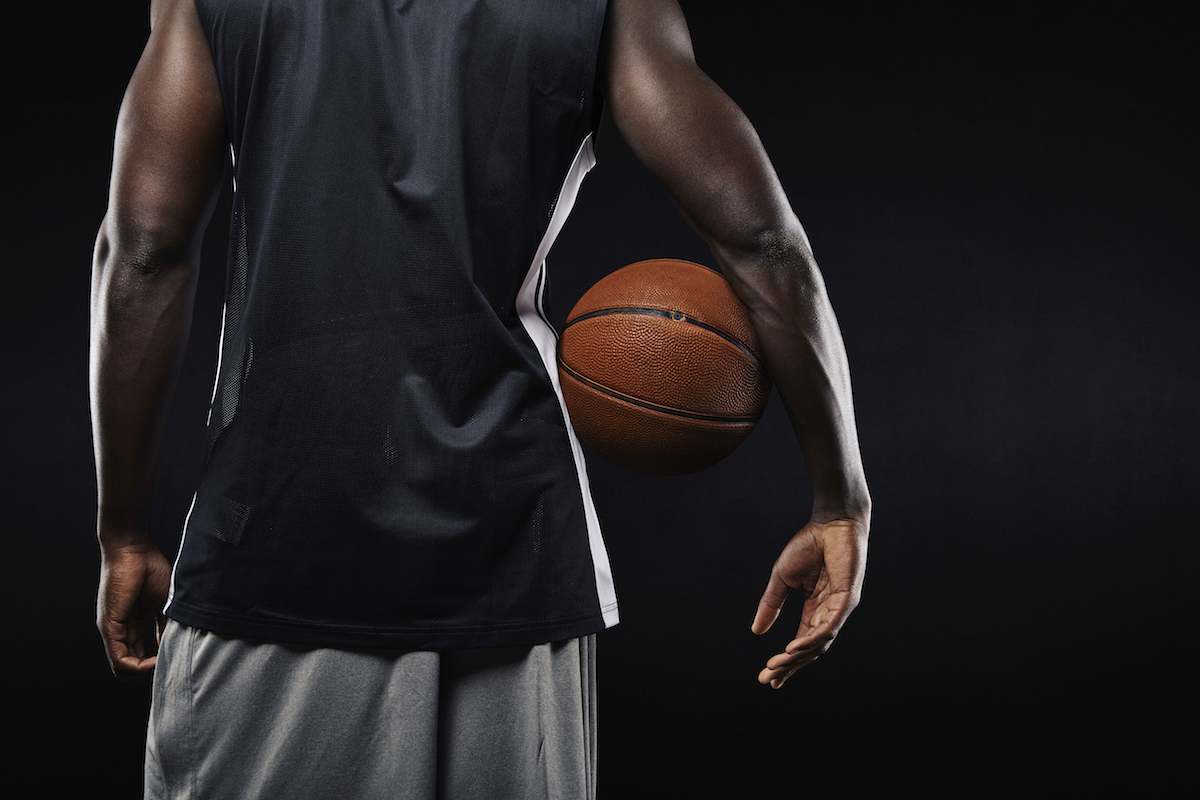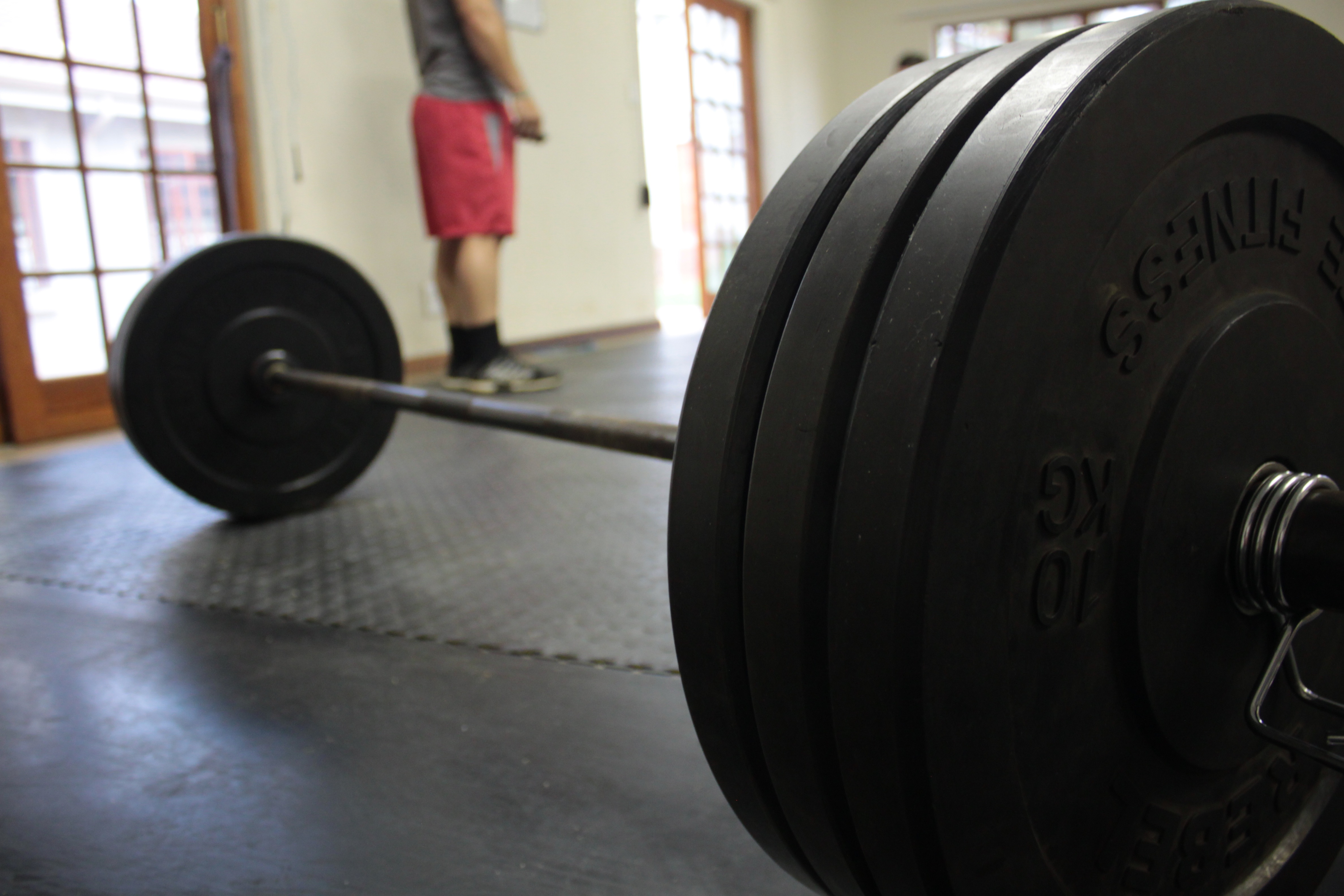I put out a tweet about speed training a while ago, to the effect that using sprints as punishment or sprinting until one is sick is not a good way to develop speed. As usual the social media responses were interesting. Everything from “of course” to arguing. So this blog is to address some of the issues the arguers had.
First, let me say that there’s an interesting thing about social media. Everyone assumes that they are going to get an instant response to their questions. I don’t do that and here’s why: I coach and teach. That plus preparing to do those things takes all of my time. I don’t understand how people have the time to coach, teach, and spend all day on social media.
The other side to that is that if I chose to respond to someone, I’m going to think about it and give them an intelligent response – as opposed to a fast 280 character tweet.
So, with that disclaimer out of the way, let’s talk about recovery, speed training, and metabolic conditioning.
First, let’s talk about the track and field coaches perspective on this. Put simply, for sprints that are under 80 meters in length you are ideally looking at 1-2 minutes of recovery for each sprint. In other words, long enough to be as recovered as the athlete is going to get. For sprints longer than 80 meters (up to about 300) the recovery may be 5-10 minutes between each sprint. Usually the volume is about 300 meters for each session, could be a little longer but it’s a lot less than most people think it’s going to be.
Now, why does the recovery look like that for track and field athletes? The focus of their training is to be able to run as quickly as possible using correct form. If they are not able to fully recover from each sprint, then they begin to learn bad habits. These bad habits include running with bad form or running at less than maximal speed, both of which are things that we don’t want track and field athletes to do.
To a point this concept applies to athletes in non-track and field sports that need to sprint fast. If we want athletes to run quickly and with good form, they need to recover fully between each sprint. This means 1-2 minutes of rest. In a team sport situation a lot of us do this by having the athletes run in lines. This also allows us to break a large group of athletes into smaller athletes so that we can coach and correct things that we see. This also provides a built-in rest period to let the athletes recover before the next sprint.
What about conditioning you ask? I can hear someone saying, “But my soccer players run 5 kilometers in a game. They need to sprint accordingly!”
A few thoughts here:
- They aren’t sprinting 5 kilometers in a game, most of that time is a slow jog or walking. This goes for basketball too by the way.
- There is nothing wrong with aerobic base training in moderation. I’m actually out of step with a lot of strength coaches on this one and I think it’s important to do some of this work.
- If we’re concerned about sprinting speed, you can use other tools to develop that base (circuit training, kettlebells, battle ropes, jump rope, that sort of thing).
- For me, as a basketball coach whose athletes do a lot of running up and down the court, the best tool for conditioning is small sided games – which are huge in the soccer world (it’s where I got the idea from).
I really like small sided games for conditioning. They have several advantages to mindless running or sprinting until we puke and developing bad habits. First, they are sport-specific. Second, they let you work on specific sport situations. Third, the athletes are going to buy into this and work hard without realizing they are working hard. Fourth, you can pretty easily control all the variables involved.
Here are some of the variables you can control for small sided games:
- The size of the playing surface
- The number of players
- Game parameters
- Recovery
Playing surface size:
By having a larger playing surface, athletes are going to have to run longer distances to play the games. On the other hand, a smaller playing surface is going to really rev up the intensity. I do both with basketball. I use the entire court for small sided games that are focused on fast break offense/defense and the half-court pass offense/defense.
The number of players:
The number of players is going to impact the intensity of the game, what you work on, and touches on the ball. In basketball I put together a lot of lopsided small sided game situations where the offense is outnumbered by the defense. This is because there are a lot of situations in basketball where we end up outnumbered on parts of the court and we still have to figure out how to function. So 2-on-3 and even 2-on-5 situations are not unusual.
Game parameters:
The parameters of the small sided game can be modified to increase the speed or intensity of the game or to focus on specific skills. For example, if I want to emphasize passing I may require two passes before attempting a shot during the game.
Recovery:
This is the most obvious thing. A small sided game can be done for a period of time, for a certain number of points, or for any other criteria. Then you control how much rest before moving on to something else or repeating it.




1 thought on “Run Fast to be Fast”
So you’re saying for max speed development, an athlete doesn’t need to rest up to five minutes to faster?
I’m just making sure because it would be nice to shorten the workout time.
Comments are closed.